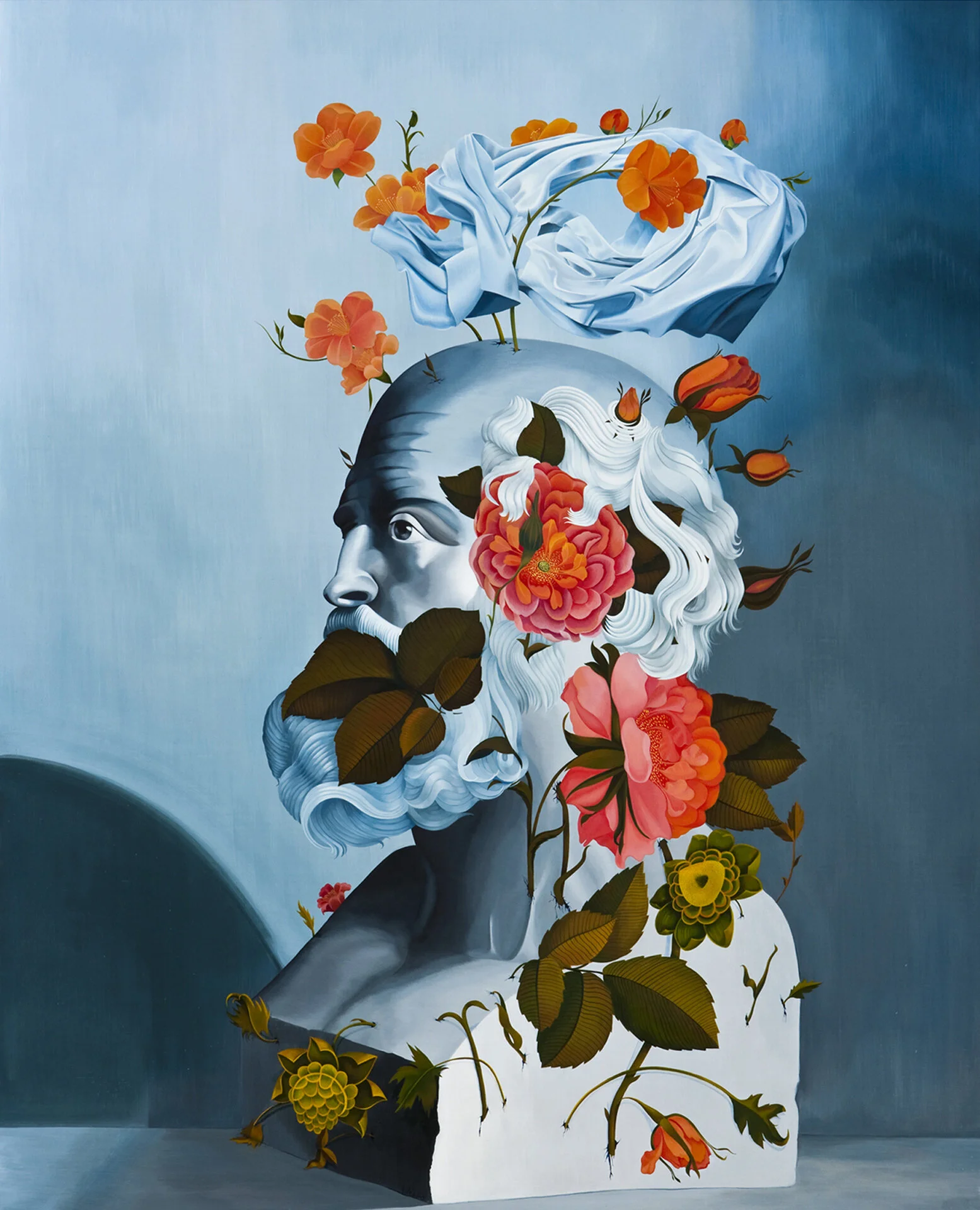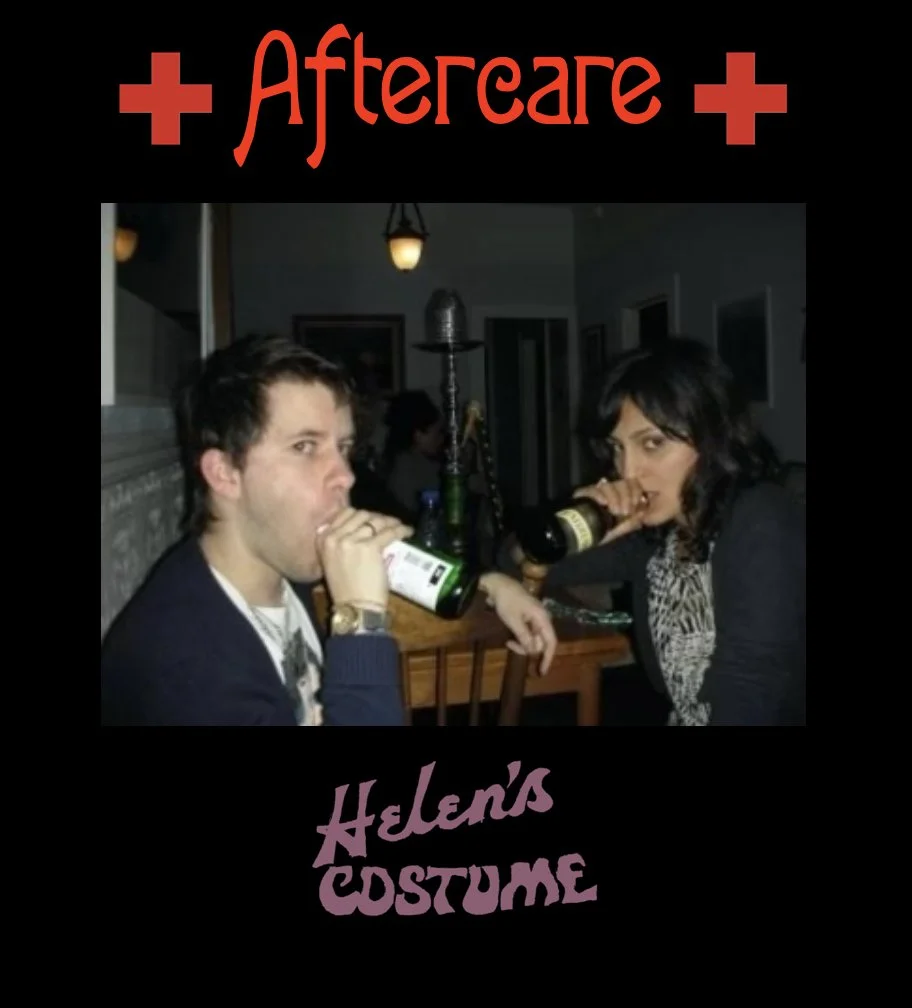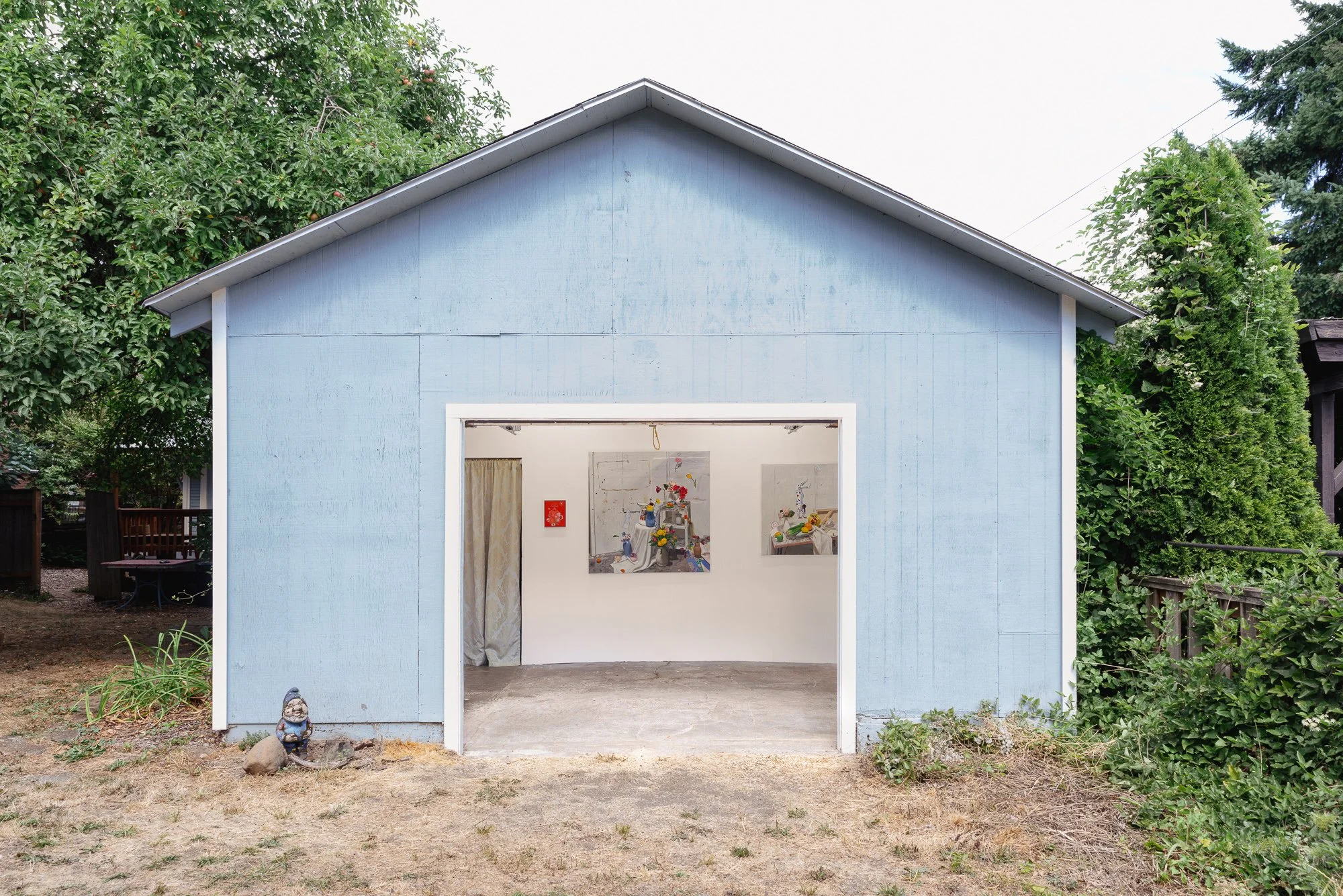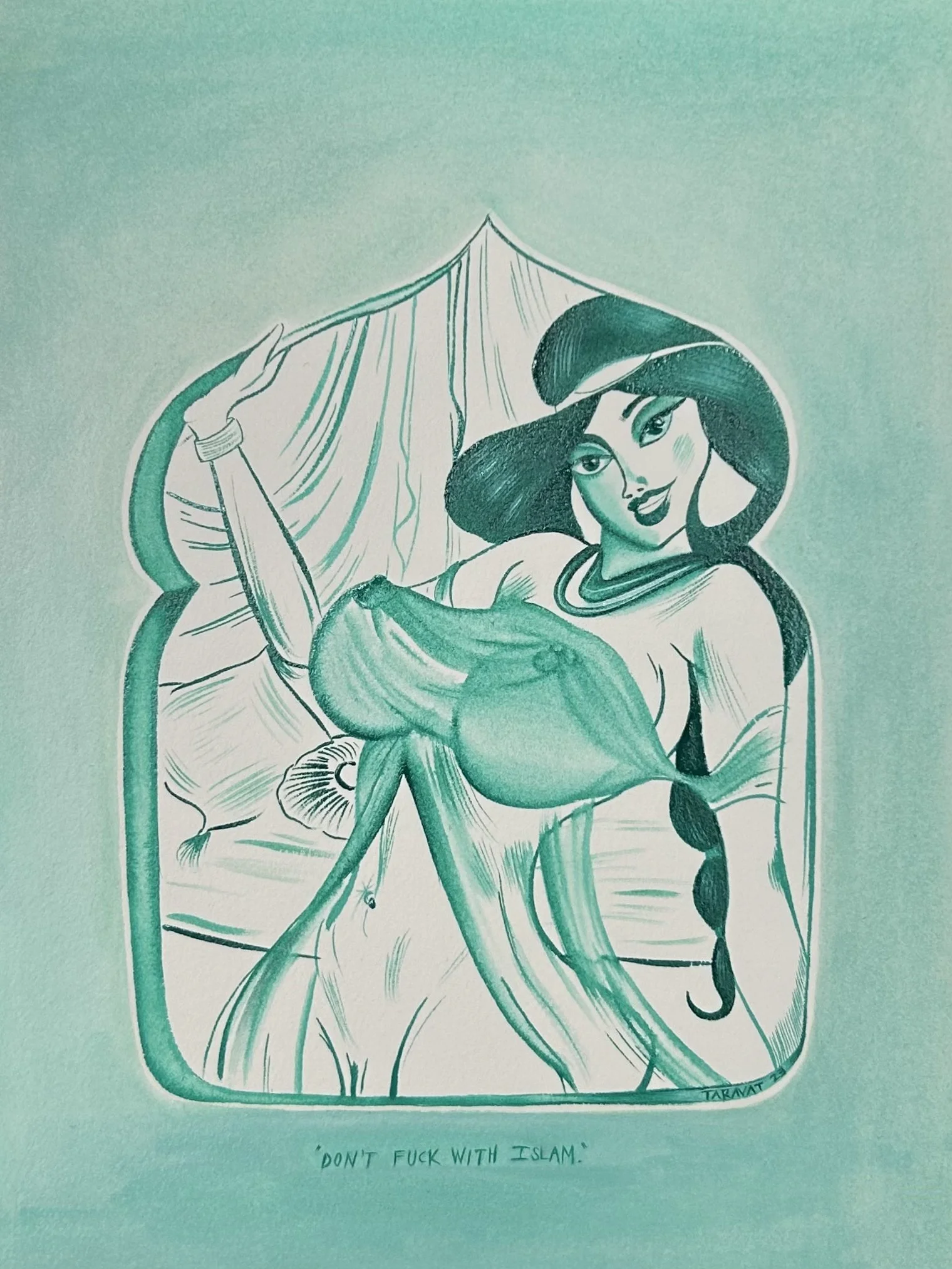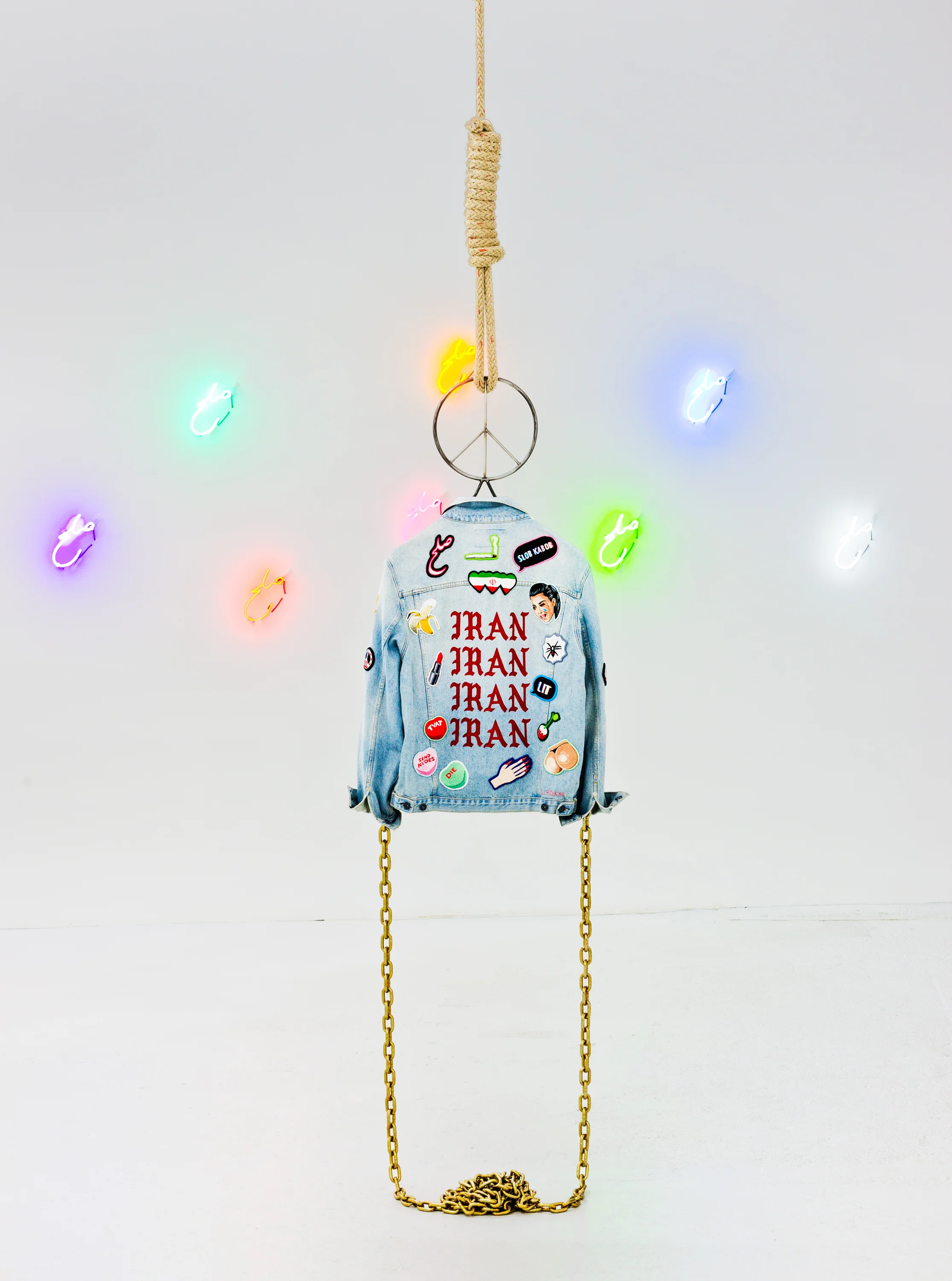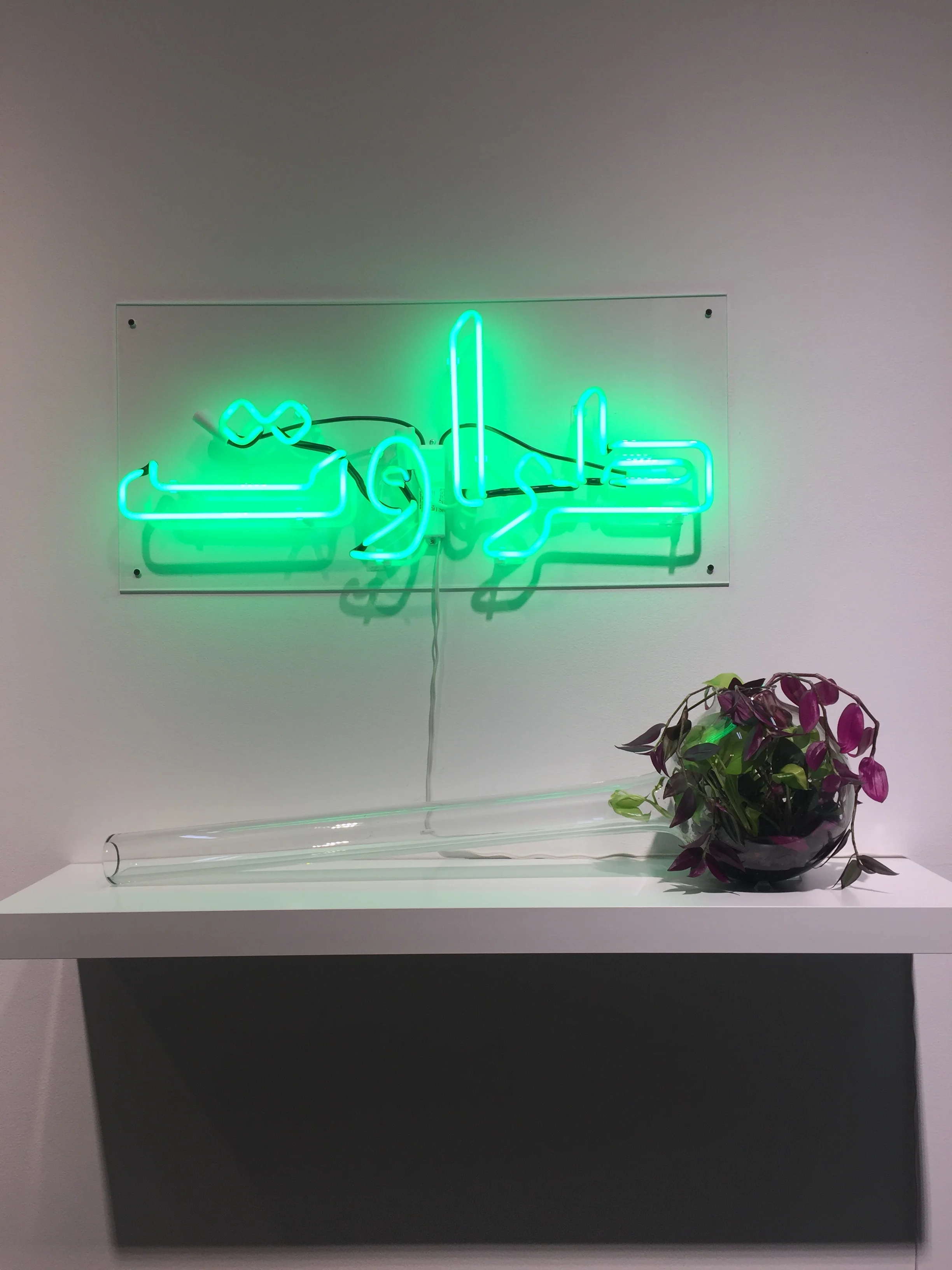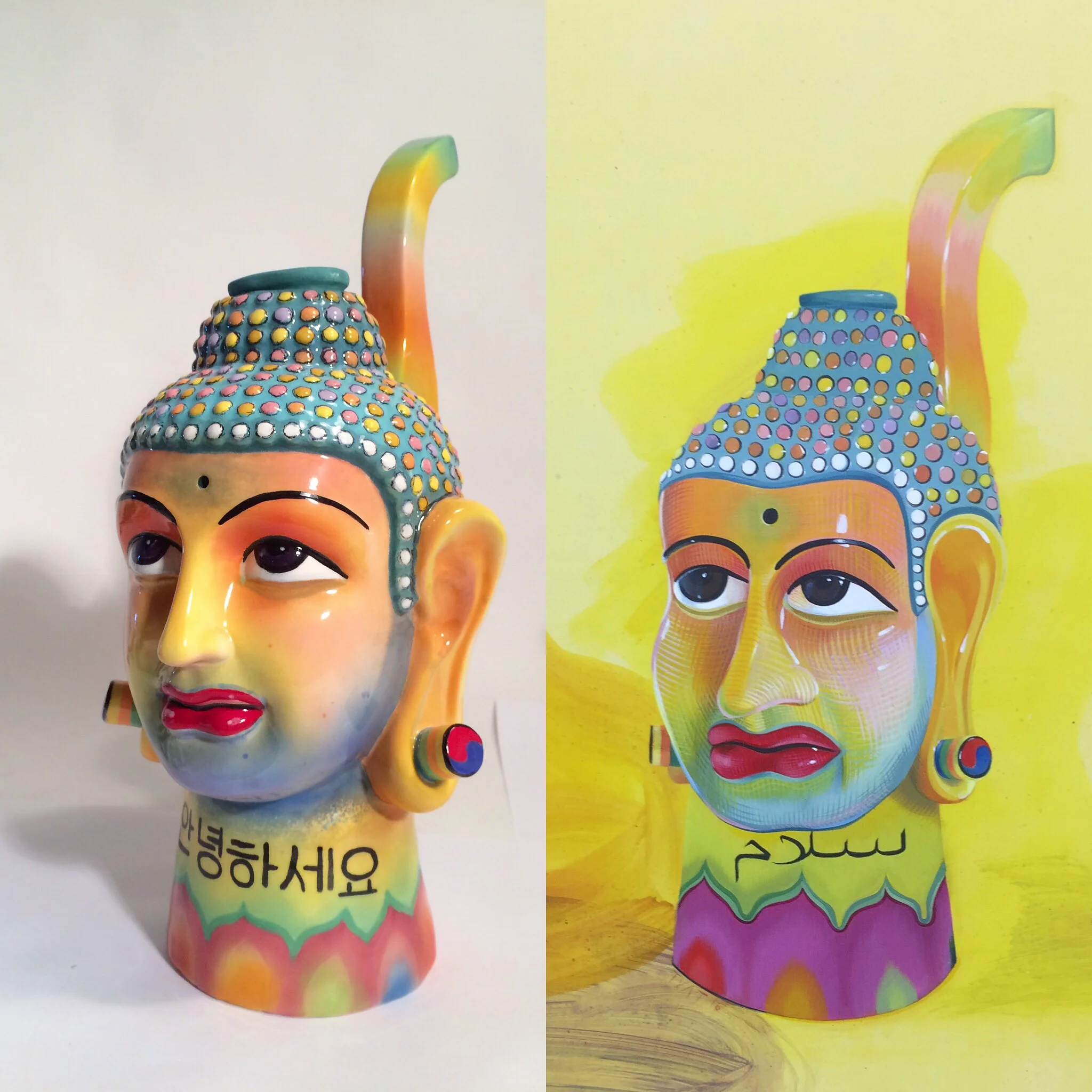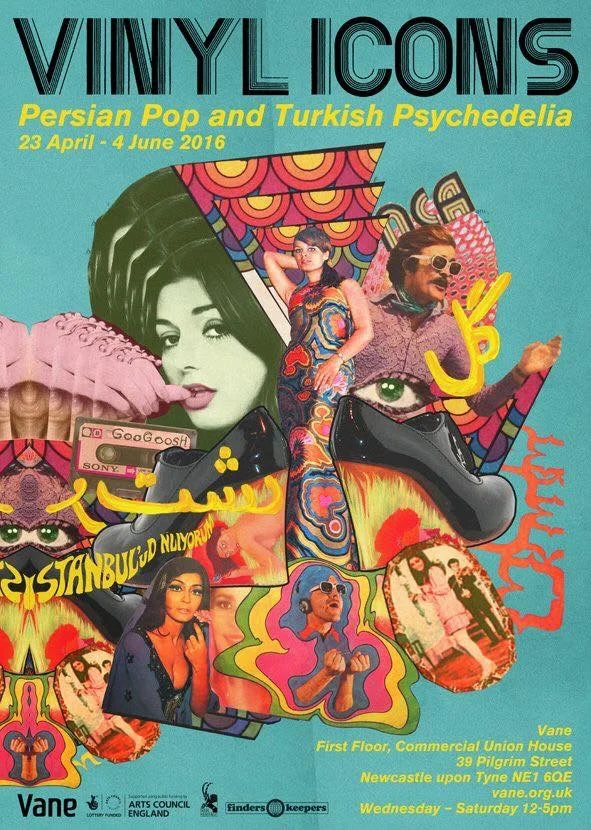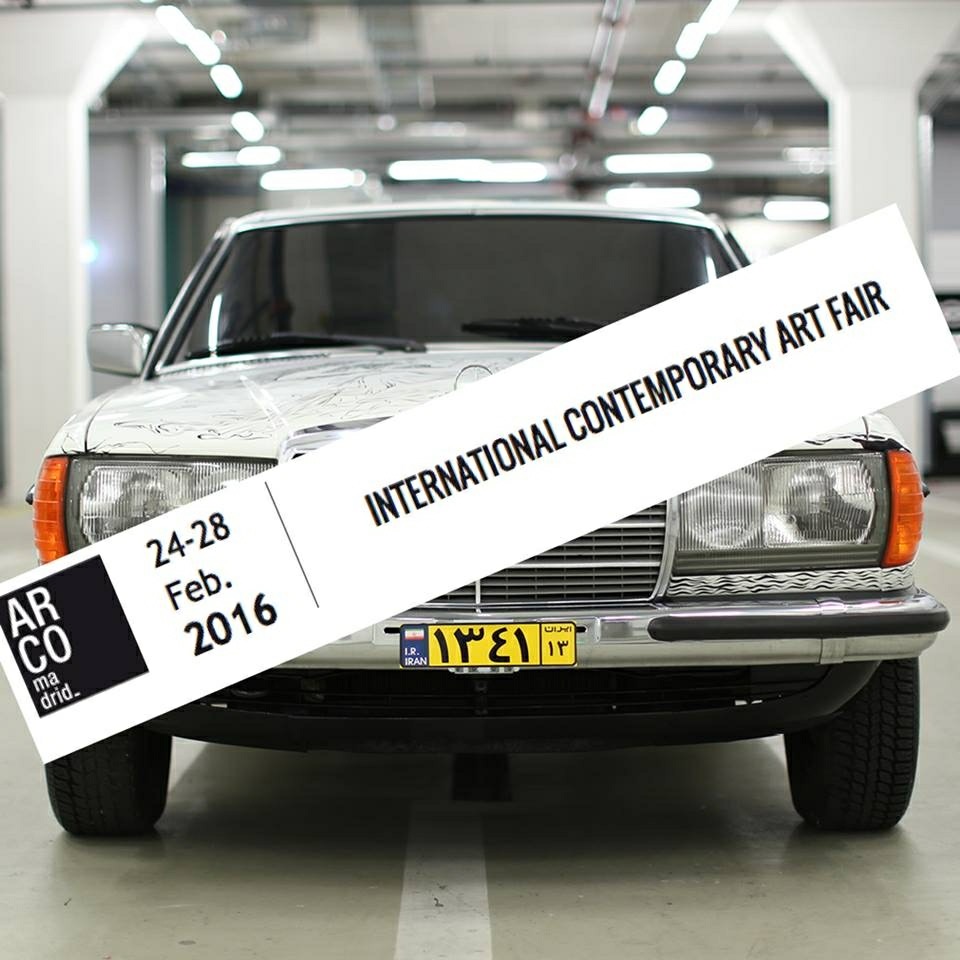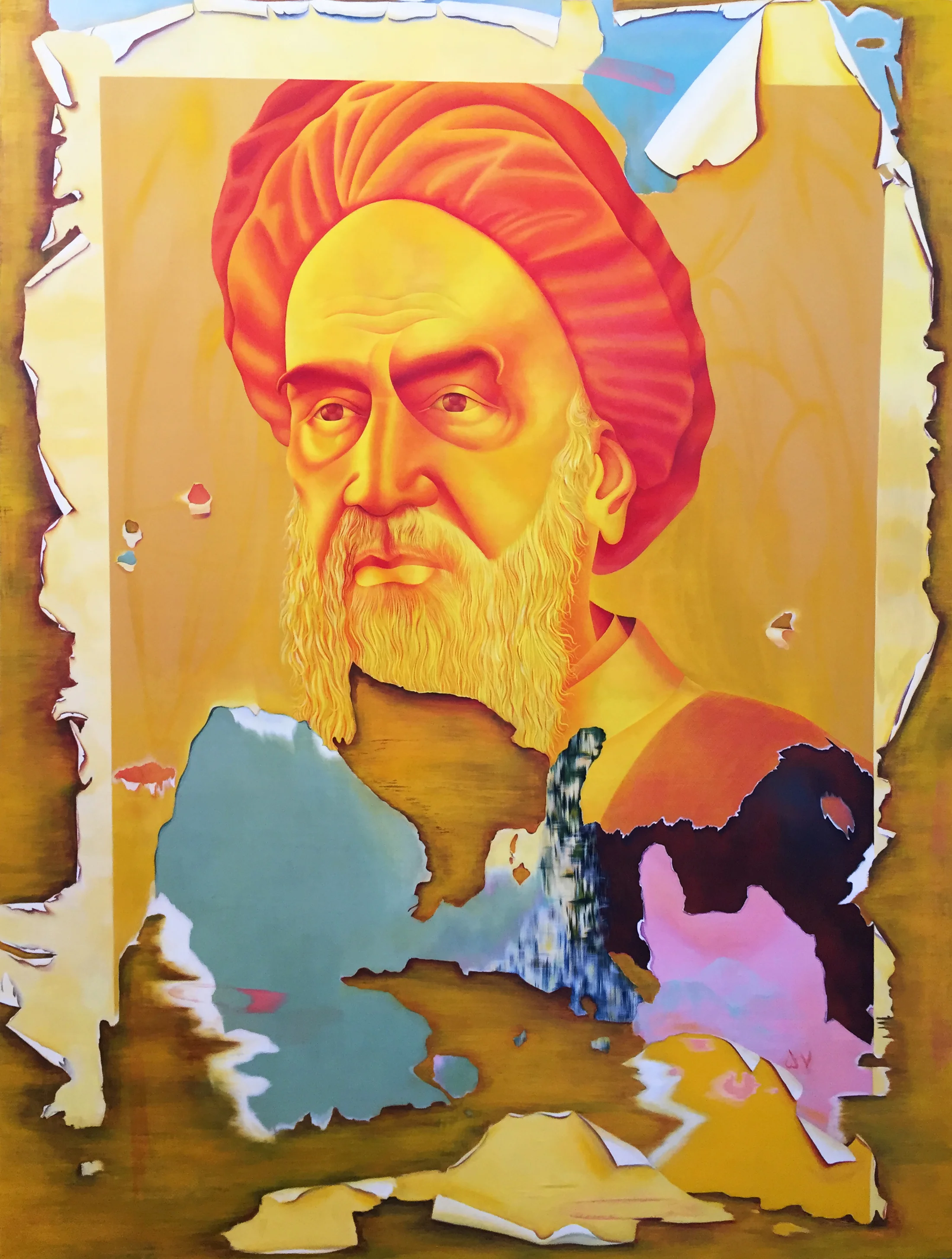Taravat Talepasand interview with Jenna Wortham March 2021
Jenna Wortham: Taravat! CONGRATULATIONS! This show looks like the incredible culmination of years of thinking and hard work and ideation and I can’t wait to hear more about it. Thank you for the honor of the early peek and the privilege of discussing it with you :)
Taravat Talepasand: It feels so right to be having this conversation with you, my sistren. We continue to show up for each other in honoring our friendship and life’s work. To have your eyes rest upon my work and have mine absorb your words resonates so deep with me. In gratitude to have this be a marker in our lives together.
JW: We’ve been friends for a long time, and there was a period in the recent past where you weren’t sure if you were going to make any more work for a while. But then this abundance! What shifted for you, in terms of your creative process?
TT: I woke up and had to find myself and my studio practice within the dark. I felt stuck in a loop with feedback that didn’t serve me anymore. The curtain was drawn, and I found myself having to reconnect and rewire my intentions to create. In doing so, I found new narratives that expanded outside of my own life, my Iranianess and the Diaspora that I had been creating within. I returned to my studio knowing that to be vulnerable in the process of creating is part of doing the real self-work. Letting go of what I thought people expected from me and my work resulted in creating works with no filter, honoring myself and ideas for an all-inclusive reflection of life, feelings, and truths. In the end, I choose to exist by creating art.
JW: How did you come up with the name of the show? It’s brilliant.
TT: One of the most iconic books that I loved reading as a young teenager, Are You There God? It’s Me Margaret by Judy Blume, explored the ideas of self around sex and religion. I felt that using this familiar title would resonate with women who had also connected with the book and may also be navigating life and self-reflection in a profound way. Moving back to Oregon with a homecoming exhibition where Judy Blume had written the book felt right. Replacing God with Allah and Margaret with my name Taravat sets up the entire exhibition with a question and answer: Believe, trust and honor yourself in the process of life.
JW: How did the pandemic shape the work that you made for the show?
TT: The pandemic awakened a certain reverence for the possibilities of creating again. Also, at the opposite of selfishness is making yourself a priority, meaning to start implementing practices and modalities that you work through during this time. The pandemic has exposed us all to a raw world that forces us to see and question the now - forced me to sit with myself and reconsider my relationships with everything and all my routines. Changing my relationship with devices and all social networking platforms freed me from being influenced by anything or anyone. Making myself a priority benefited my work to receive the full reservoir of energy, awareness, love and respect.
JW: In one of our earlier conversations about the show, you talked about the way you have historically existed in the hyphenated space -- including your identity as Iranian-American, among other things -- and how limiting (?) that is starting to feel. Can you talk more about how you’re thinking about that hyphen now -- leaning into it or leaning away from it?
TT: Everything that I have created up until now helped me connect with a Diaspora that kept me in touch with a heritage and culture that I had only understood through my parents. I embraced my hyphenated identity into something less abstract through my artwork to find parallel narratives between America and Iran. In doing so, I revealed my family trauma immigrating to America. I’ve realized that my family trauma isn’t something that I need to carry and to stop replicating it would heal back generations and clear a path to move forward. No longer leaning into or away from the hyphenated space, rather finding my place in the inbetween, being the hyphen.
JW: I really want to know everything you feel comfortable sharing about the work titled Kill Your Masters, and playing with the dichotomies of familiar and the grotesque, the utopian and dystopian, safe and unsafe, old and the new, sick and well.
TT: As I am expanding spiritually, I find myself returning to my inner child. Cartoons draw up imagined identities for us to connect with the illustrated characters. Stickers are collected and stuck around you to never be removed. As an adult, I feel stuck by the rules that govern us all and the capitalistic systemic injustices that have bound and leashed. These caricatures are an anarchic subversive angle showing that innocence and imagination become eroded in the polarized American society in which we currently exist. They are reminders of the polarization that the dominating forces of society have created and continue to enforce through false hope.
JW: You’ve been working in realms of curiosity and discomfort for a while --- exploring unmentionables and provocative to explore the undercurrents and underbellies within us all and yourself -- do you still feel like you’re operating from that vantage with this show?
TT: To create is my practice to feel and invite anyone willing to reflect with it with me. My new work is coming from a safer space where the blasphemous, provocative and rebellion against said political viewpoints aren’t as loud. However, life will always present discomfort and challenges within us all. I’m working from a place where my curiosity is going inward and what I create unfolds an experience and emotional connection outwardly, to connect us all rather than separate me from you or them.
JW: As long as I’ve known you, you always rely on a deep well of source materials that inform your research and your thinking while you ideate on a new show. What were you reading, consuming, watching while you were sowing the seeds of this new work?
TT: Everything that I consume with every sense of my body informs my work. Continuing my relationship with entheogens to do self-work which has helped the way that I engage with my practice. Vice has a lot of interesting content keeping me inspired outside of my own life like “Pharmacopeia” or “Donkmaster.” Reading gives power to language that offers me to paint the space in which it takes me. Censoring an Iranian Love Story by Shahriar Mandanipour reminded me of the freedom to love and express a narrative without barriers. A 100-page book on Buddhism has brought me to tears and has helped me be more present. Black Futures by Kimberly Drew and you my love, has given me insight and beauty from a collection of people that I needed to know about and that influence me in all the right ways.
JW: You and I have been deeply psychically connected for years, and we had this incredible moment while you were working on the show. I was trying to buy myself some rue for my breathwork class, and accidentally mailed it to you, but, as it turned out -- it was in alignment with these ceramic evil eyes you were making. What can you tell me about why those were so important to include in this show and how they came together?
TT: The bond of energy between us runs so deep love. Receiving your rue while I was sculpting the Evil Eye felt like the universe was communicating to us. Burning rue is as ancient as the superstitious of the Evil Eye. The history and meaning behind rue and the Evil Eye have always fascinated me. There wasn’t a place that I lived in that didn’t have an Evil Eye or my maman burning rue to protect me and the space. Learning that the fascination of the Evil Eye was described as feminine inspired me to honor its symbol within the exhibition. I wanted to protect the space, works and gallery with respect and gratitude to those who choose to visit the show during the pandemic. As one enters the exhibition, they are also entering the pathways into the parts of my own psyche. To be vulnerable one feels the need to protect themself and feel safe. After all, isn’t that what we are all trying to maintain--to feel safe and protected? As the Evil Eye exists as a form of spirituality and ancient talisman, I decided to sculpt it on the backs of a religion that conflicted within me. Pressed into a copper dish inscribed with Allah, read backwards challenging the beliefs of monotheistic religion.
JW: What do you ultimately want people to take away from this body of work?
TT: To feel. To be moved by the colors and illuminations that have a physical relationship between the artwork and your body. To hold space for the experience being presented to you. To connect with something that resonates deep inside of you. To navigate yourself and others with love and empathy. To awaken and live on with gratitude. To know that when you speak to Allah, God, Buddha or any other spiritual being, know that you are having an internal dialogue within yourself. To take away a Fuck This Shit poster and color in how that makes you feel, as a reminder that we don’t have to accept the pathetic conditions of our environment – that we can transform it, by starting with ourselves and the way that we view the world. Put that up on your wall to remind you of this experience.


